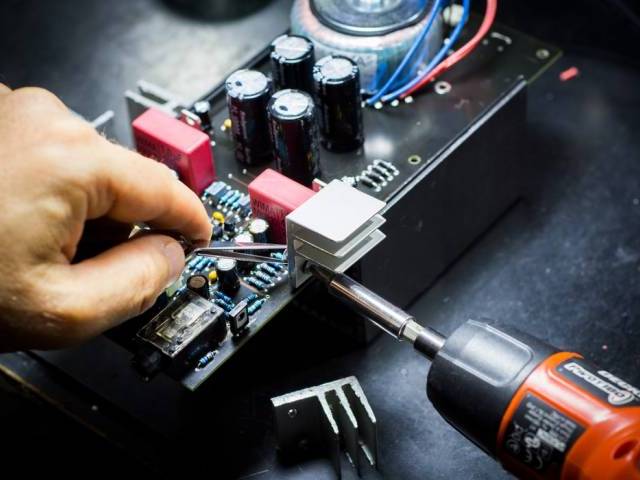The UK’s electronics industry has long been supported by migrant talent. With a domestic shortfall that’s growing by the day, the industry has become increasingly reliant on overseas workers from inside and outside the EEA to sustain its rapid growth.
Brexit has contributed to the current skills shortage in the industry, with many overseas candidates concerned about impending changes to immigration policies and choosing to work elsewhere. However, to date, the only change to immigration policy has been positive for overseas workers, with a number of electrical engineering roles recently added to the UK’s Shortage Occupation List.
What is the UK Shortage Occupation List?
The UK Shortage Occupation List is a list that’s drawn up by the Home Office and includes every skilled profession in the UK that cannot be filled by resident workers – that is, those from the UK or the European Economic Area (EEA).
There are a diverse range of roles included on the list, such as nurses and ballet dancers, but more relevant is the inclusion of electrical and electronics engineering positions such as power system engineers, integrated circuit test engineers and many others. For workers outside of the UK and the EEA, the application process becomes much simpler if the role they’re interested in appears the list.
What if the role isn't on the list?
If a role does not appear on the Shortage Occupation List, as part of the application process, the vacancy will usually be subject to the Residential Labour Market Test (RLMT). To satisfy the test, the role must be advertised for a minimum of 28 days on government and private sector recruitment sites to residential and EEA talent before it can be offered to candidates from outside the EEA.
If two applicants are equally qualified for the position, one from inside the EEA (a ‘settled worker’) and the other from outside the EEA (a ‘non-settled worker’), the settled worker must be offered the role first. Even if the settled worker only meets the minimum requirements for the role and the non-settled applicant is better qualified, the settled worker must still be given preference.
Any non-EEA electronics industry candidate applying for a profession listed on the Shortage Occupation List will be given immediate consideration when applying.
What are the visa requirements for migrant electrical engineers?
If the terms of the Residential Labour Market Test are met or if the role appears on the Shortage Occupation List (so the Residential Labour Market Test does not apply), non-EEA electrical engineers must obtain a Skilled Work Visa before they can enter the UK. This is called a Tier 2 General Visa.
The applicant must meet certain requirements to be granted a Tier 2 General Visa. That includes:
• Have a valid certificate of sponsorship for the job
• Show they’re being paid an appropriate salary for the job
• Prove their knowledge of English
• Have personal savings so they can support themselves once they arrive in the UK
• Prove they can travel and provide details of their travel history over the last five years
Skilled Work Visas will typically last for three years or more and a fee must be paid to obtain one, although that fee is reduced if the role is included on the Shortage Occupation List. The visa can be extended for up to five years if the individual still works for the same company or institution.
Are you looking for a role in the UK electronics industry?
Whether you’re a UK, EEA or non-EEA worker, we can help you find well-paid roles at every level of the UK electronics industry. For more information, please get in touch to discuss your requirements or submit your CV today.










